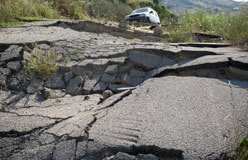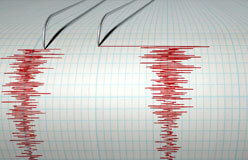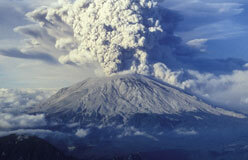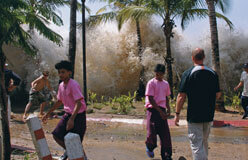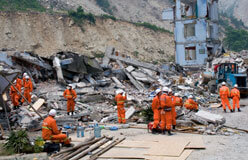Almost every time you hear about an earthquake, you hear about its magnitude, or strength, on the Richter scale.
But there’s another way of measuring an earthquake. Intensity indicates the extent of damage done: buildings crushed, human lives lost, and so on. Intensity and magnitude can be very different, because an earthquake of small magnitude can do a lot of damage in a poorly prepared region—and vice versa.
Intensity is measured by the Modified Mercalli Intensity Scale. Invented in 1902 by Italian seismologist Giuseppe Mercalli, the scale helps translate events into numbers. These numbers range from I (not felt) to XII (total destruction).
Magnitude is measured with a seismograph, a device that records tremors in the Earth. It has a hanging weight that does not move when the Earth around it moves. The rest of the machine does move, and the movement is recorded by a pen and paper attached to the device.
